Yes, you can paint on unstretched canvas. I will show you:
- an EASY way to paint on unstretched canvas.
- TWO ways to prepare the unstretched canvas for framing.
Using the right canvas
I recommend using primed linen or cotton canvas. You can buy cotton or linen canvas by the yard at an art supply store or you can get it online at one of the art supply houses. There are a lot of choices, you can get it primed or unprimed. I buy the primed linen canvas.
Priming your own canvas can be messy and time consuming but I’ve done it and wrote about how and why to prime your own canvas.
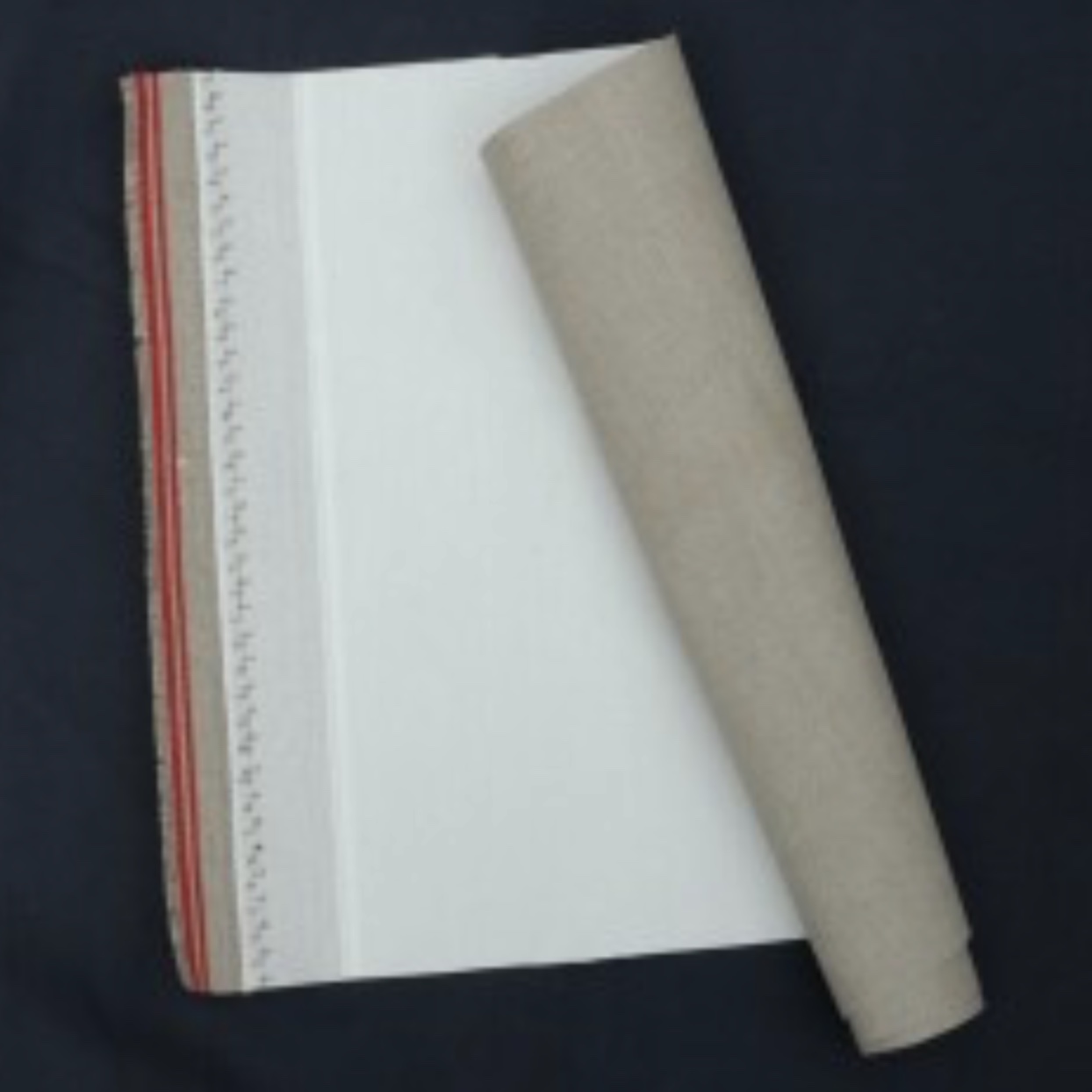
The photo above is of some primed linen canvas. You can see the natural unprimed side and the primed white side. You just cut it to the size you want with ordinary kitchen scissors. I use a straight edge and a pencil to make straight marks before I start cutting. The linen canvas isn’t cheap, I think it costs something like $45 a yard, but it’s 54″ wide.
Preparing the unstretched canvas
Okay, now that you’ve got your nice cut piece of canvas, what to do with it? You have two choices.
1. Glue the canvas to a support
You can easily and quickly tape your cut piece of unstretched canvas to a piece of foamcore and paint your subject.
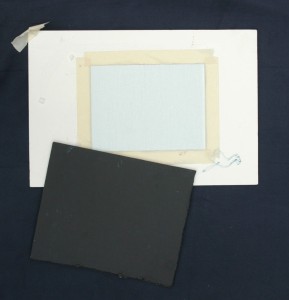
That’s what I’ve been doing lately. That way if I don’t like my painting, it’s no big loss. Above is a rectangular piece of canvas taped to some white foamcore. Foamcore also comes in black. You could conceivably use anything that is rigid, a couple of days ago I used a big piece of cardboard for the painting I did in art class. You can see how I use this method of painting on unstretched canvas here.
Lesley Rich
I learned about cutting canvas and taping it to foamcore from Lesley Rich. She cuts a bunch of canvases in various sizes and takes them along when she travels. There isn’t much weight involved and they don’t take up much room. Once the paintings are dry, you can just stack them up and they hardly take up any room at all in a suitcase.
Trimming the canvas
If you plan to paint a bunch of 6″x6″ paintings, you’ll have to cut your canvas 6 1/2″ x 6 1/2″ to allow for that little 1/4″ that gets hidden behind the frame. I cover as little of the canvas as possible with tape, that way I can paint almost to the edge of the canvas.
Adhering the canvas to a support
When I’m finished with my painting, it’s dry, and I like it well enough that I didn’t throw it in the trash, then it’s time to get it ready to frame. At this point I can make it just about any size I want by cutting off the parts I don’t want IF I’m planning on glueing it to a support. Just remember to leave that 1/4″ that’ll be covered by the edge of the frame.
I use YES! paste and brown MDF sheets. I think you could use foamcore or similar materials but you probably want them to be archival or acid-free. One disadvantage to using such a rigid support is that you have to have a way to cut it (a saw).
I use a brush and put the glue on the backside of my painting, then stick it on the support. I use a brayer (roller type) to make sure there are no air bubbles and the canvas is flat. This YES! paste is very thick though and I had to add some water to get it thin enough to spread. The YES! paste is a great product and has many other applications around the house.
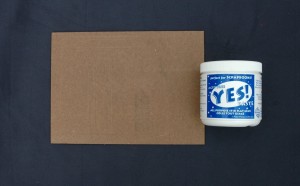
After the canvas is glued to the support, I would wait a few days and then varnish the painting, then take it to the framer when the varnish is dry.
Below I have links to everything you need to make this method work. This is what I do because I find it easier than stretching canvas!
As an Amazon Associate, I may earn a small commission at no cost to you if you purchase a product I linked to. This helps me with the cost of running this website. Thank you!
2. Stretching your own canvas onto stretcher bars
The other way to paint on unstretched canvas, which to me is more complicated, is to stretch the canvas across stretcher bars.
Stretcher bars are available at art stores for around $1 each. You have to put them together at the corners, they just have notches that fit together, BUT you have to keep those corners at 90 degree angles. You need two pieces of equipment shown below. The “grabber” thing to really grab the canvas and pull it around the backside of the stretcher bars. Then, while stretching the canvas taught, you’ll need to use the staple gun to secure the canvas to the back of the stretcher bars. At our local art store there are stacks of xeroxed instructions on how to do this.
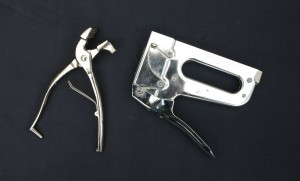
Important – if you plan to stretch your canvas, you need to leave a lot more canvas around your painting. A 6″x6″ painting will probably need to be on about a 12″x12″ piece of canvas.
Below I’ll link what you need to stretch your own canvas. You’ll need to get the stretcher bars in the SIZES you want, and I recommend the stretcher bars that are 3/4″ thick. They also come in 1 1/2″ but that’s for “gallery wrapped” where the canvas edges are usually visible.
Once you have your canvas stretched, and the corners are all squared up, then you varnish the painting, let that dry, and take it to the framer.
Why paint on unstretched canvas?
For me there are three reasons to use unstretched canvas:
1. I can cut a bunch of rectagular sizes and if I don’t like what I did, it’s easy to throw away. Great for small sudies.
2. It gives me some flexibility with the composition. If I decide I have too much sky on a landscape, it’s easy to get stretcher bars a little shorter or cut off that part and glue it to a smaller support.
3. Lightweight and space saving. Paintings on unstretched canvas are easy to store, they can always be mounted to a support and framed later. Or not.
I think stretching canvas is one big pain and I would much rather glue my canvas to a support, but that’s me. Most of the time I paint on prestreched canvas or canvas already glued to a support that I buy on-line from SourceTek. Source Tek has a lot of sales so if you get on their mailing list they will notify you.
If you enjoyed this post you might find my post on glass palettes helpful. Thank you! Joan
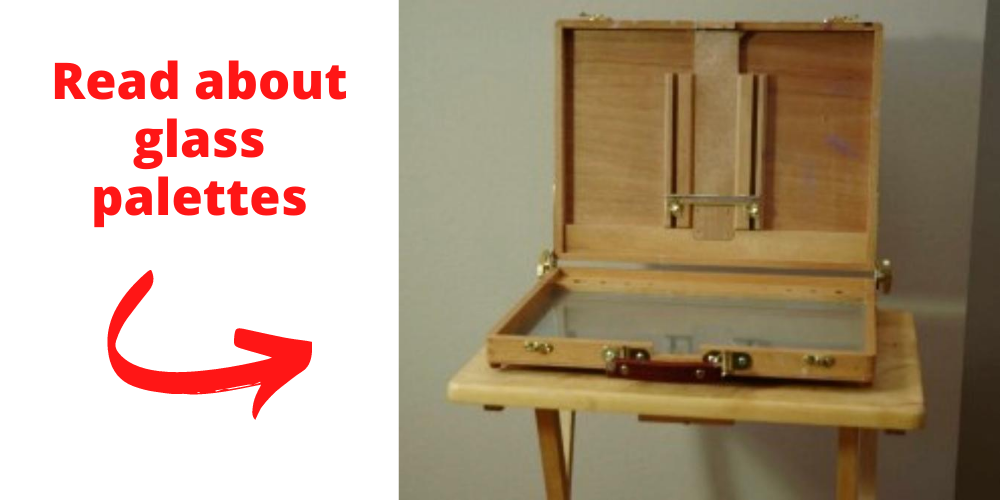
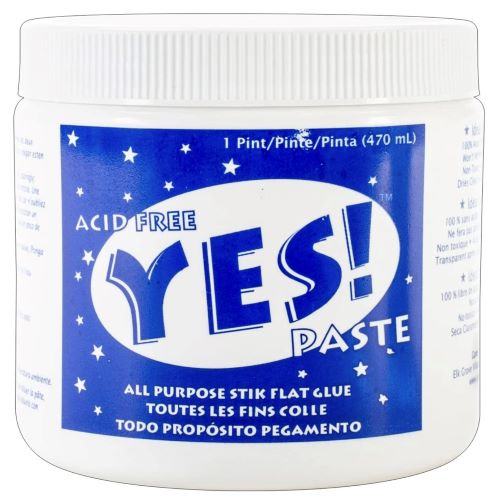

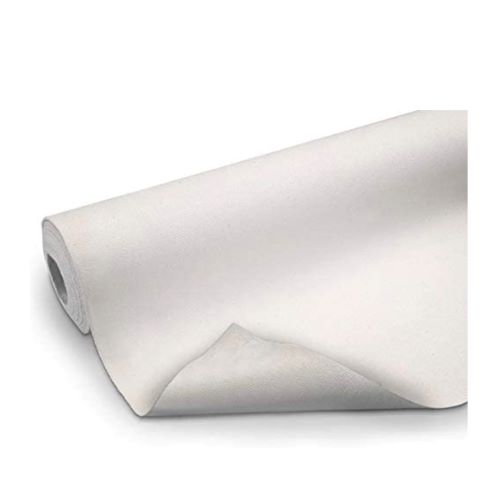
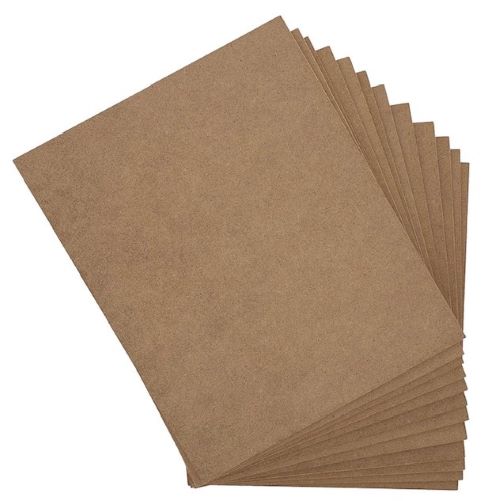



Hi Joan, Thank you so much for this very informative post. I’ve always been curious about painting on unstretched canvas and now I know how to go about it without fear!
This has been a very interesting post… I’ve never really done much with the loose canvas, but you’ve inspired me.
About five years ago I won a contest from Masterpiece Canvas. It was my first win of ANYTHING… I won $500 worth of their products so I got lots and lots of different sizes of canvases but I also got a large roll of canvas which has been sitting under my bed since then.
Now I will use it!! THANKS!!
Thanks for this post! I’m so excited about the prospect of cutting canvas in any size and shape I want.
I wonder though, when you go to frame the pieces that you are not going to stretch, do you just keep it glued to the foam core and frame it like that?
Hi Janelle and Marian, you’re very welcome, thank you for stopping by. Marian, wow, $500 worth of supplies!
Joan
Hi Silvina, When I paint on the canvas it is just taped to foamcore with masking tape. Once it dries I peel off the tape, then cut it if necessary to the size I want and varnish it. When the varnish is dry, then I cut masonite (or here you could use foamcore I believe) and then glue the canvas to whatever rigid support I choose. It only takes a few hours for the glue to dry and then it’s ready to be framed. One disadvantage of having paintings in non-standard sizes is you can’t find ready-make frames, the framer has to custom make a frame.
I hope I answered your question. If you glued the canvas to your support BEFORE you painted your painting, you wouldn’t have a way of cutting down the canvas once you were finished and then you might as well use commercial products that are already made.
Joan
I see. Thanks for explaining that.
Thank you that was helpful! It’s good to know other people have thought of using unstretched canvas too and are successful at it!
Joan,
Thanks so much for sharing your strategy for painting in oils on loose, primed canvas by simply taping it to a lightweight board!
As a watercolorist who is also now playing in oils, one of the things I have missed is being able to physically crop the work as I wish. Another is the extreme portability of watercolors for painting outdoors.
You suggestions successfully tackle both issues!
I have a stash of unprimed linen in my closet and am looking forward to priming it and having a go at this strategy myself.
Terrific ideas and explanation of them! Thanks again!
Joan,
I have minimal room to store paintings. Here is my plan.
I’d like to paint acrylic on canvas taped to foamcore (or masonite) with painters tape. Then, when the acrylic paintings have dried (3 days later), I’ll photograph them, then store them between sheets of painter’s plastic. This way I can store them flat, in a pile, until someone buys one.
Some paintings may lay flat stored and unstretched for a year or more before they sell.
Then when they sell, I could post them rolled in a tube.
Is this a plan that might work?
Hi Carlos, thank you for your question. And congrats on having such a large commission! As you said, it would be very expensive to ship a stretched canvas of that size. You have the right idea about painting the canvas unstretched. Do you have a place where you could tack or nail it to a wall? Bonnard used to paint like this, attaching canvas to a wall and painting on the canvas that way. When it’s dry you can varnish it and roll it up, just as you suggested, and ship it. I would love a lot of time after you varnish it before you roll it up though, just to be sure it doesn’t stick together during transport. Depending on the type of varnish you use, this could take different amounts of time, just make sure it’s dry. I use Golden Acrylic Polymer Varnish in satin and it’s dry within a week, but I would wait longer before rolling it and shipping it with that varnish.
When the roll of canvas is received it can be stretched on heavy duty stretcher bars and framed. A local framer should be able to recommend someone who can stretch the canvas. You will need to leave LOTS of room around the painted area for stretching. I would leave a minimum of 6″ of unpainted canvas all the way around your painting to give whomever is stretching it enough room to grab the canvas and wrap it part way around the stretcher bars and secure it with staples.
As far as what type of canvas, I would definitely buy canvas that has already been primed. I paint in oils too and I paint on preprimed canvas which has been primed with acrylic primer. I don’t see a big reason to go through the extra expense of oil primed canvas. I have always used Fredrix canvas. For many years it’s been consistent and good quality. Unless you are painting something with very fine details (like a portrait for example), cotton canvas would work just fine. It also depends on your style of painting, meaning that if you paint lots of tiny detail the linen canvas is better. But gosh, that’s a HUGE canvas to cover with detail! It would take a long long time. I always paint on preprimed cotton canvas unless I’m painting a portrait, then usually (not always) I paint on preprimed linen. I hope this helps, let me know if I can answer any more questions! Joan
You are not using golden acrylic polymer varnish on oils right? Won’t that peel off?